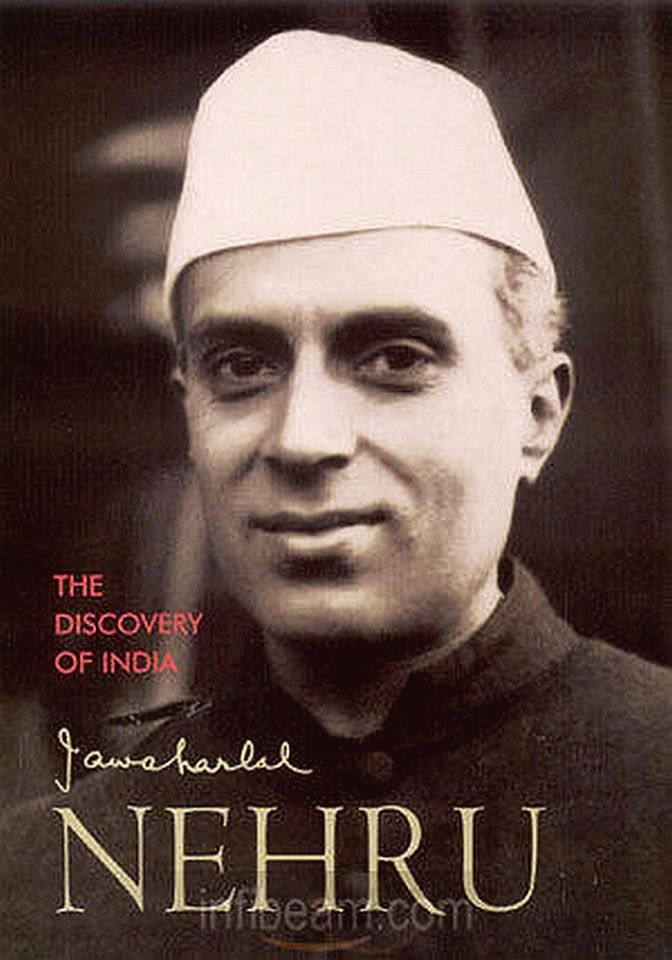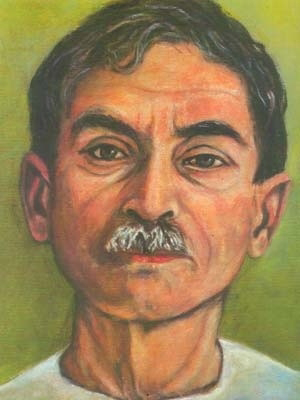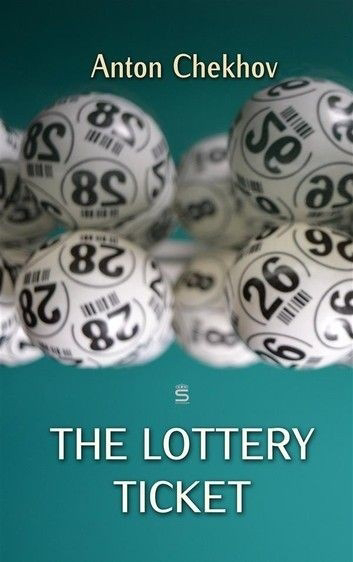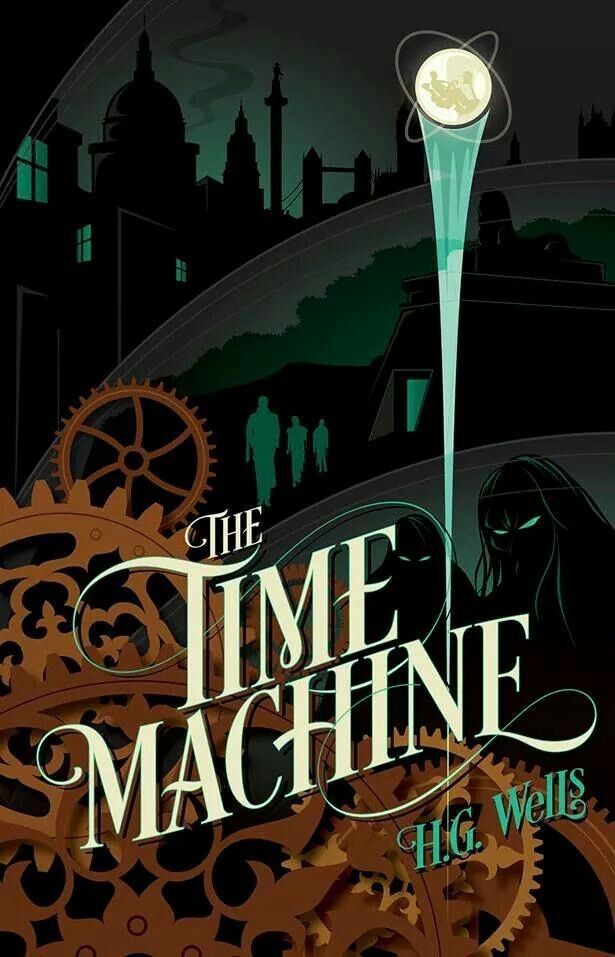⚖️CHAPTER WISE SUMMARY OF "MY EXPERIMENTS WITH TRUTH" BY M.K.GANDHI⚖️
Chapter 1 of "My Experiments with Truth" by Mahatma Gandhi:
Chapter 1: Birth and Parentage
In the first chapter of his autobiography, Gandhi begins by describing his birth and family background. He was born on October 2, 1869, in Porbandar, a small coastal town in Gujarat, India. He mentions that his family belonged to the Vaishya, or business, caste and that they were devout Hindus. His father, Karamchand Gandhi, was a respected figure in the community and held various administrative positions.
Gandhi talks about his early childhood and reveals that he was a shy and timid child who was deeply influenced by his mother, Putlibai. He describes his mother's strong religious beliefs and how she instilled in him a sense of moral values and vegetarianism. He also mentions his early exposure to religious texts and scriptures, particularly the Bhagavad Gita.
As he grows, Gandhi's introspective nature and curiosity about life lead him to question various aspects of his religion and society. He reflects on his experiences of stealing and lying, which filled him with guilt and remorse. These early incidents planted the seeds of his lifelong commitment to truth and non-violence.
In this chapter, Gandhi sets the stage for his spiritual and philosophical journey, highlighting the formative influences of his family and early life experiences. His quest for truth and moral rectitude begins to take shape, foreshadowing the transformative path he would embark upon in later chapters.
This chapter serves as an introduction to Gandhi's autobiography, offering insights into his roots, upbringing, and the early influences that would shape his principles and ideals throughout his life.
Chapter-2
Chapter 2 of "My Experiments with Truth" by Mahatma Gandhi:
Chapter 2: Childhood
In this chapter, Gandhi continues to delve into his childhood, providing further insights into his early life experiences and influences.
Gandhi describes himself as a mediocre student who struggled academically. He was particularly weak in mathematics and was often afraid to approach his strict teacher. Despite his academic challenges, he was deeply devoted to his family and was obedient to his parents.
One significant event he recalls is the theft of a piece of gold from his brother's armlet. This incident deeply troubled him, and he felt overwhelming guilt. His father advised him to confess his theft, which he did, even though it was difficult and humiliating. This episode had a profound impact on him and planted the seeds of truthfulness and honesty.
As he grew older, Gandhi's religious and moral inclinations continued to develop. He shares an incident in which he secretly ate meat against his family's vegetarian beliefs and how it left him feeling guilty. This experience further strengthened his commitment to vegetarianism and non-violence.
Gandhi also briefly mentions his early marriage at the age of thirteen to Kasturba. He discusses the challenges and adjustments that came with this early marriage, emphasizing the importance of understanding and respecting one another.
In Chapter 2, Gandhi provides more glimpses into his formative years, highlighting his struggles in education, the moral dilemmas he faced, and the development of his core values such as honesty, truthfulness, and vegetarianism. These early experiences continue to shape his character and set the stage for his future experiments with truth and non-violence.
Chapter -3
Chapter 3 of "My Experiments with Truth" by Mahatma Gandhi:
Chapter 3: Playing the Husband
In this chapter, Gandhi delves into his experiences as a newlywed and the challenges he faced in his early married life.
Gandhi discusses how, at the age of thirteen, he was married to Kasturba. He admits that he was not mature enough for marriage and that he felt awkward and apprehensive in his new role as a husband. He was still deeply attached to his mother and found it challenging to balance his responsibilities between his wife and his parents.
He candidly reveals his initial ignorance about sexual matters and his embarrassment when confronted with marital expectations. Gandhi also admits to succumbing to societal and familial pressures to consummate his marriage at a young age.
Gandhi describes his efforts to be a responsible husband and to fulfill his duties towards his wife. However, he also confesses that he often fell short of expectations and made mistakes. His struggles with marital relationships and his determination to improve himself in this regard serve as an early example of his commitment to self-improvement and self-discipline.
Throughout this chapter, Gandhi reflects on the complexities of marriage and the societal expectations placed on individuals. He highlights his personal challenges and early mistakes as he navigated the unfamiliar territory of married life, offering readers a glimpse into his candid self-examination and commitment to personal growth.
Chapter 3 lays the foundation for Gandhi's exploration of his relationships, his evolving understanding of his role as a husband, and his growing commitment to living a life guided by truth and moral values.
Chapter -4
Chapter 4 of "My Experiments with Truth" by Mahatma Gandhi:
Chapter 4: In England
In this chapter, Gandhi discusses his journey to England, which was a significant turning point in his life, as it marked the beginning of his education in law and his exposure to Western culture and society.
Gandhi's decision to study law in England was influenced by several factors, including his family's hopes for him to become a barrister and his desire to explore the world and its different cultures. He faced opposition from his mother, who was deeply attached to him, but she ultimately relented, and he embarked on this journey.
Upon arriving in England, Gandhi experienced a culture shock. He describes his initial feelings of loneliness and alienation in a foreign land. To adapt to his new environment, he decided to embrace Western customs and lifestyle. He took lessons in dancing, violin, and horse riding, all of which he later regretted as superficial pursuits.
During his time in England, Gandhi also faced challenges related to diet and religion. He experimented with different diets, including vegetarianism, and studied various religions, including Christianity and Theosophy. These explorations were part of his ongoing quest for truth and self-improvement.
However, as he continued his studies and interacted with people from diverse backgrounds, Gandhi's understanding of the world deepened. He began to see the stark inequalities and injustices in British society, which planted the seeds of his future activism for social justice and independence for India.
In Chapter 4, Gandhi reflects on his experiences in England, highlighting his struggles with cultural adaptation, his exploration of different lifestyles and religions, and the gradual transformation of his worldview. This chapter marks the beginning of Gandhi's exposure to the social and political issues that would shape his future role as a leader and activist.
Chapter -5
Chapter 5 of "My Experiments with Truth" by Mahatma Gandhi:
Chapter 5: A Ray of Hope
In this chapter, Gandhi continues to narrate his experiences in England, focusing on the beginning of his spiritual and intellectual transformation.
Gandhi was introduced to the works of famous thinkers and writers during his time in England. He mentions the influence of John Ruskin's book, "Unto This Last," which had a profound impact on him. This book emphasized the idea of the moral and ethical responsibilities of individuals toward society, inspiring Gandhi to contemplate the deeper meaning of life.
Gandhi also discusses the influence of Henry David Thoreau's essay, "Civil Disobedience." Thoreau's ideas on non-cooperation with unjust laws and the importance of individual conscience resonated with Gandhi and played a pivotal role in shaping his philosophy of non-violent resistance.
During this period, Gandhi faced challenges related to his dietary choices and his commitment to vegetarianism. He made a vow not to eat meat, even if it meant going hungry. This commitment deepened his connection to his principles and his quest for self-improvement.
Additionally, Gandhi mentions his association with the Theosophical Society and his interactions with its members. This exposure to diverse philosophical and spiritual perspectives contributed to his broadening worldview.
Chapter 5 marks a crucial stage in Gandhi's intellectual and spiritual development. It highlights the profound influence of writers like Ruskin and Thoreau, as well as his dedication to his principles, particularly vegetarianism. These early experiences and influences would go on to shape his life's work and philosophy of non-violence and social justice.































